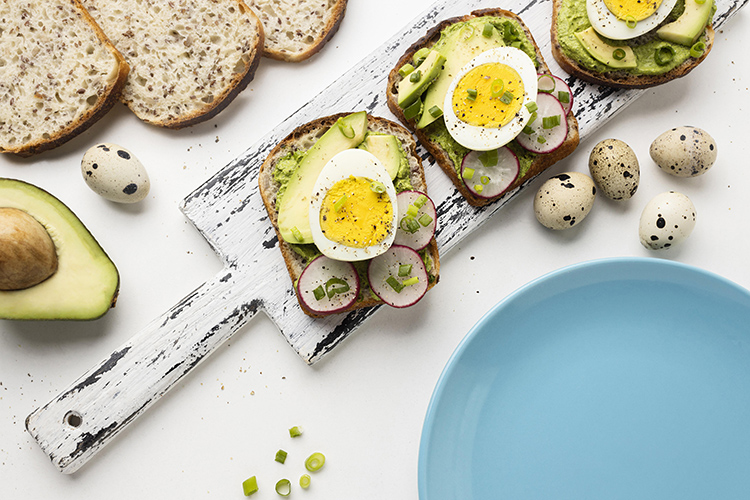The ketogenic diet or Keto diet—known for its high-fat and very low-carb eating plan—has pushed dieters to train their metabolism in a whole new way. Ketosis is a metabolic state achieved by drastically reducing carbohydrate intake and increasing fat consumption. When no carbs are available, the body creates ketone bodies to act as the main energy source.
However, many enthusiasts dive headfirst into high-fat consumption without discerning between good and bad fats. Consequently, for numerous individuals, keto has become more of a passing trend than a sustainable lifestyle choice. To address this misconception and ensure positive outcomes from the keto diet, Rahul Kamra, Diet Curator and Founder of Ketorets, breaks down the fats that are most and least compatible with the keto diet. Take a look!

Good Fats vs. Bad Fats
Good fats, including saturated and unsaturated, are essential for body processes and are high in omega-3 and omega-6 fatty acids. They help lower LDL cholesterol and reduce inflammation, which promotes heart health. In contrast, trans fats and certain processed foods high in bad or saturated fats can lead to increased inflammation and diseases like obesity and diabetes by promoting insulin resistance and heart disease.
Fats That Work Best with the Keto Diet:
● Ghee: A ketogenic staple, ghee is rich in beneficial fats that facilitate weight loss and provide energy. It contains Conjugated Linoleic Acid (CLA), which promotes muscle growth and fat loss.
● Coconut Oil: Known for its Medium-chain Triglycerides (MCTs), is effectively converted into ketones, serving as an excellent energy source for keto dieters.
● Olive Oil: High in monounsaturated fats and low in carbs, it’s perfect for preserving ketosis.
● Butter: salted or unsalted, butter fits well within the ketogenic diet’s fat requirements.
● Fresh Cream: The high fat and low carb content make fresh cream an excellent choice for keto.
Fats that Don’t Work with the Keto Diet
● Trans fats: Trans fats are extremely unhealthy and are linked to several health issues, including insulin resistance and heart disease. Common sources of trans fats include commercial baked goods like cakes, cookies, and pies, as well as fried foods such as french fries, doughnuts, and fried chicken.
● Seed Oils: Oils like soybean, corn, and cottonseed, which are high in omega-6, can cause inflammation and upset the balance of omega-3 to omega-6 ratios, especially when heated.
● Palm or vegetable oils: These oils are commonly used in processed foods and can disrupt ketosis. Moreover, they also lack the beneficial nutrients that are found in oils like olive or avocado.
Following a ketogenic diet under supervision is important for monitoring side effects, ensuring individual needs are met, and preventing nutritional deficiencies. Consulting a professional is advised to customise the diet and mitigate risks.






